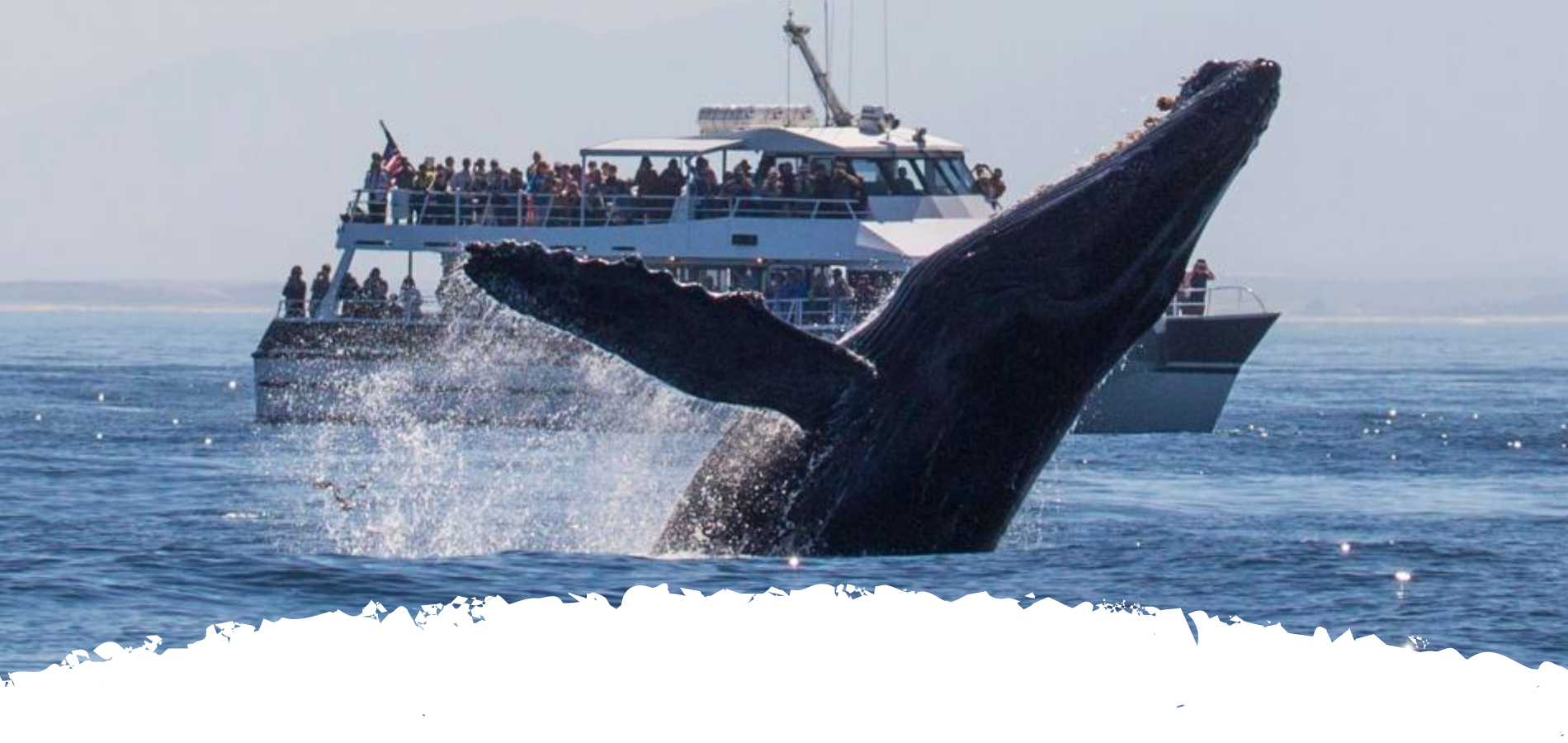Best places for whale watching in Sri Lanka
It is simple to understand why Sri Lanka is a must-visit location given its abundance of fascinating ancient sites, customs, cultures, and delectable cuisine. This tropical island packs a powerful punch that makes for an intriguing and unforgettable visit when whale watching in Sri Lanka. Sri Lanka One of the most popular destinations for whale watching. Dondra Point, which is reachable from Galle, Hikkaduwa, Mirissa, and Trincomalee is the best place to see whales, while the waters off Kalpitiya are teeming with dolphins.
Whales of various kinds can be seen in Sri Lankan waters. One of the best locations on earth to see blue whales is specifically Sri Lanka’s southern coast. but the eastern and northern beaches are also well-known for whale watching.
Southern Sri Lanka (Mirissa)
Best time to visit: December – April
Mirissa is one of the highlights of destination Sri Lanka. As well as it is a small town on the south coast of Sri Lanka, located Between the major cities of Matara and Galle. Mirissa gives you a beautiful seaside vacation. It is conceivably the most popular location to go whale watching in Sri Lanka. Its geographical location makes it a top location for whale viewing. There is a 98% probability of seeing whales from November to April. Off-season is from May to October when the water is rough and it is not worthwhile to travel.
The chance of seeing whales is extremely slim, and the likelihood of becoming seasick is extremely high. Most frequently, blue whales are sights in Mirissa. Fin whales, Bryde’s whales, short-finned whales, dolphins, and on occasion killer whales and whale sharks, are also common. The Mirissa whale-watching excursion typically lasts 3-5 hours.
Western Sri Lanka (Kalpitiya)
Best time to visit: November–March/April
The west of Sri Lanka is vastly different and is the most noticeably developed and urbanized area. Particularly, Kalpitiya is famous for Sperm whales. while there are tourist attractions including the main international airport and it can be considered a region capable of achieving many tourist attractions. North of Chilaw is the peninsula of Kalpitiya. Outside of monsoon season, when the sea should be at its calmest, is the best time to explore.
The annual journey of whales reaches its maximum in November and December and again in March and April. The Blue, Minke, Melon-Headed, Pilot, Brydes, and Dwarf Sperm whales are some other whales you might see. In Alankuda, the best months for whale watching are November and April. Whales are seen from November to April.
Eastern sri lanka (Trincomalee)
Best time to visit: March/April – August/September
Sand beaches and peaceful coastal areas border Sri Lanka to the east. These whales can be viewed beginning in May and continuing through October. The town of Trincomalee, which has a natural harbor, in particular, provides some of the island’s best chances for whale watching in Sri Lanka. The Swami Rock cliff, which is close to the historical Koneswaram Temple, offers an excellent view of the world’s largest mammals. You can see sightings of blue whales eight nautical miles to the east of Trincomalee, an actually unforgettable experience.
Trincomalee, which is about two hours from Pasikudah, has a number of whale-watching locations, but the Nilaveli and Uppuveli shores are the most suitable.
Species of whales that are frequently found around Sri Lankan
Blue whales
The blue whale is 30 m long. It is an absolutely impressive, magnificent, and graceful creature. Heavier than any other being on the earth. This is the most common whale whilst whale watching in Trincomalee and anywhere else in Sri Lanka.


0 Comment